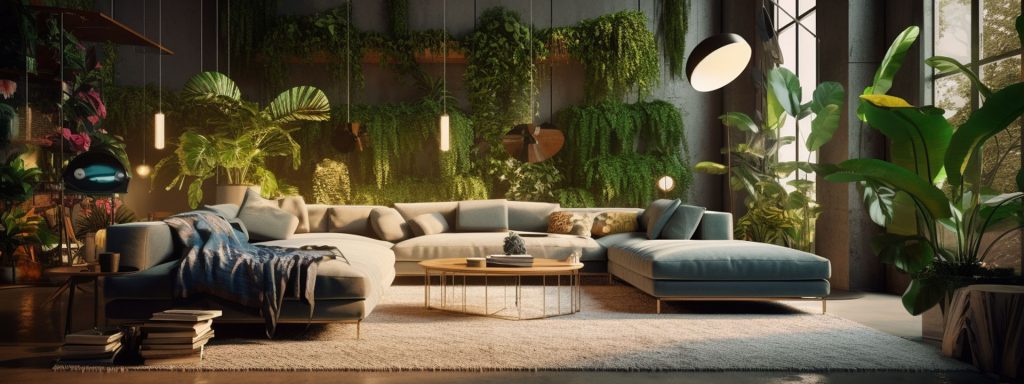
With the pandemic changing our priorities and climate change concerns affecting purchasing decisions, design innovation is taking on new and bigger challenges. What’s next on the horizon? From zero-carbon construction materials to design philosophy centring well-being and community, we’re taking a look at the latest trends transforming our homes and neighbourhoods.
Carbon absorbing homes
At least 8% of global carbon emissions come from the cement industry. Other commonly used construction materials, like aluminium, brick, and glass, are also high on the list of climate change culprits. Finding greener alternatives to these materials has become the latest focus in sustainable design.
It seems that the solution might lie in biomaterials – building materials derived from living organisms, including plants, animals, and fungi. Mycelium, the root-like structure of a fungus, has already taken off as a vegan alternative to leather, used by brands like Hermès. Now researchers are exploring its potential to insulate and fire-proof buildings. Meanwhile in France, a 380 square-metre sports hall was built out of hempcrete: a hemp-derived alternative to concrete that has natural insulating qualities. Hemp and timber were also recently used to construct social housing in Paris.
Even the materials we’re well familiar with could hold unexplored potential. At Rice University in Texas, scientists developed a special wood that reduces carbon emissions by sequestering CO2 from the air – and becomes more durable in the process. This new type of wood could have a wide range of potential applications, from construction to furniture making.
Smart communities > smart homes
Smart homes were only the beginning. Now it’s time for entire communities to be powered by innovation. Singapore’s Tengah – comprising five new residential districts and 42,000 homes – is implementing cutting-edge solutions across the board. From automated trash collection and underground roads, to an app for the residents to monitor their energy and water usage, Singapore’s first smart town has worked hard to earn its title.
But the technology that’s gotten the most attention is Tengah’s centralised cooling, which will cool down water using solar panels, before pipping it through the housing walls. Air conditioning is currently one of the greatest contributors to Singapore’s carbon emissions. By implementing a centralised system, Tengah embraces the importance of community infrastructure in tackling climate change – a trend we’ll surely be seeing more of in the future.
Re-designing wellbeing
Home renovations were booming during the pandemic and it wasn’t just thanks to the extra time on our hands. Lockdowns redefined our relationship with spaces: shifting priorities and creating new needs. Today, most buyers want a garden or a balcony, and 63% of buyers need a space for a home office. There’s also a growing trend of creating dedicated at-home yoga and meditation studios.
Our cities are not immune to this change either. Thanks to hybrid working, financial centres are leading a double life of sorts: buzzing with activity from Tuesday to Thursday, ghost towns on Mondays and Fridays. Some buildings have been left completely empty – the City of London has announced plans to turn those into at least 1,500 new homes by 2030. With the office no longer fulfilling the need for interaction, urban planners are going back to the idea of a town square as a social hub. How do you bring people together and strengthen communities when the work-life rhythm has shifted? That’s the big new challenge for neighbourhoods.